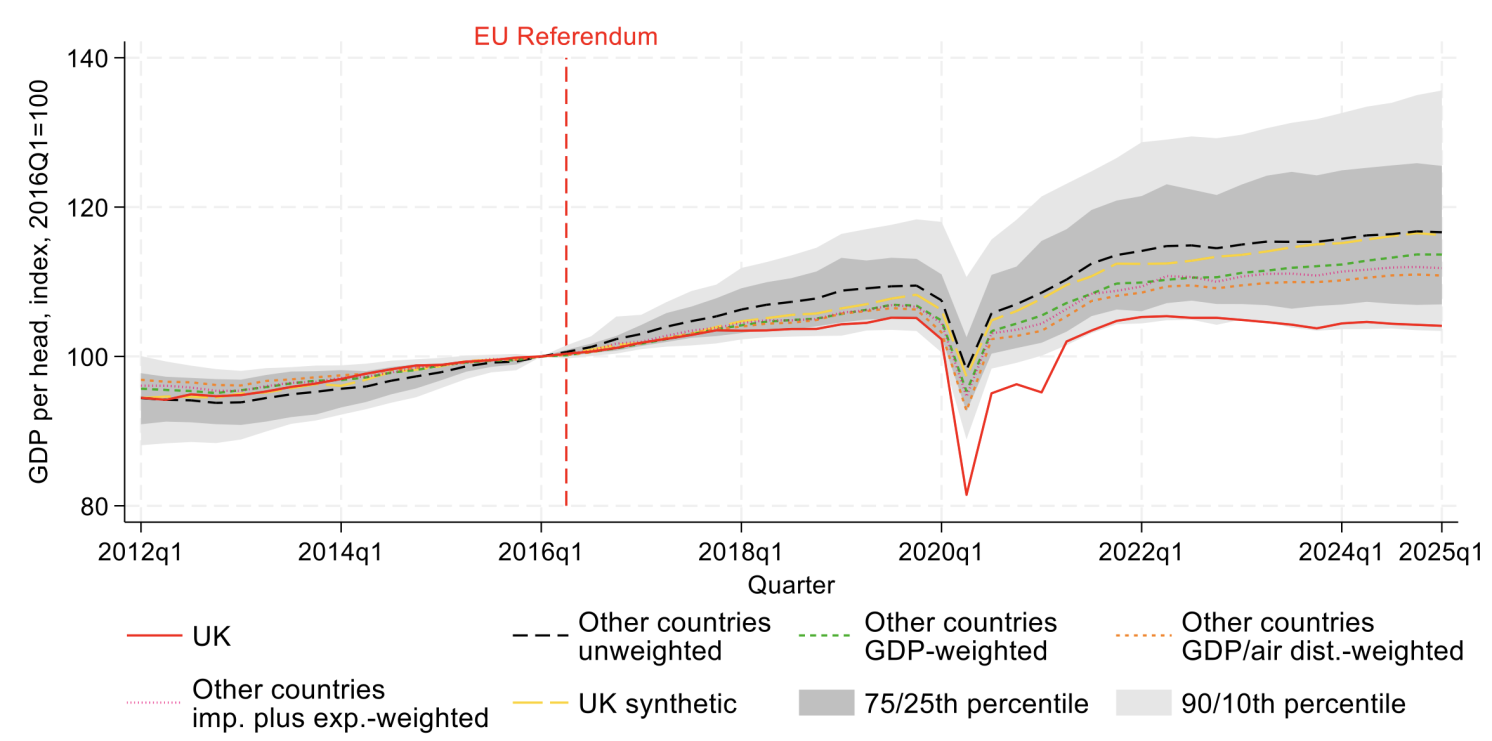One of the most powerful aspects of Bloom’s Taxonomy is the ability to ask engaging, interactive questions that offer immediate, actionable insights—allowing educators to create highly participatory learning environments that align perfectly with Top Hat’s mission.
If you’re new to Bloom’s Taxonomy, here’s what you need to know: it consists of hierarchical levels (normally arranged in a pyramid) that build on each other and progress towards higher-order thinking skills. Each level contains verbs, such as “demonstrate” or “design,” that can be measured to gain greater insight into student learning.
Get a fresh set of Bloom’s Taxonomy questions to apply in any course. Download 100+ Bloom’s Taxonomy question stems now.
Table of contents
What is Bloom’s Taxonomy?
Revised Bloom’s Taxonomy
Bloom’s Taxonomy for adjunct professors
Examples of Bloom’s Taxonomy question stems
Additional Bloom’s Taxonomy example questions
Bloom’s Taxonomy higher-order thinking questions for college classrooms
Frequently asked questions
What is Bloom’s Taxonomy?
The original Bloom’s Taxonomy framework consists of six Bloom’s levels that build off of each other as the learning experience progresses. It was developed in 1956 by Benjamin Bloom, an American educational psychologist. Below are descriptions of Bloom’s levels:
Knowledge: Identification and recall of course concepts learned
Comprehension: Ability to grasp the meaning of the material
Application: Demonstrating a grasp of the material at this level by solving problems and creating projects
Analysis: Finding patterns and trends in the course material
Synthesis: The combining of ideas or concepts to form a working theory
Evaluation: Making judgments based on the information students have learned as well as their own insights
Revised Bloom’s Taxonomy
A group of educational researchers and cognitive psychologists developed the new and revised Bloom’s Taxonomy framework in 2001 to be more action-oriented. This way, students work their way through a series of verbs to meet learning objectives. Below are descriptions of each of the levels in revised Bloom’s Taxonomy:
Remember: To bring an awareness of the concept to learners’ minds.
Understand: To summarize or restate the information in a particular way.
Apply: The ability to use learned material in new and concrete situations.
Analyze: Understanding the underlying structure of knowledge to be able to distinguish between fact and opinion.
Evaluate: Making judgments about the value of ideas, theories, items and materials.
Create: Reorganizing concepts into new structures or patterns through generating, producing or planning.
Each level in the Bloom’s Taxonomy chart below is associated with its own verbs, outcomes, and question stems that help you plan effective instruction and assessment.
Bloom’s Taxonomy for adjunct professors
Free Download: Bloom’s Taxonomy Question Stems and Examples
Bloom’s Taxonomy questions are a great way to build and design curriculum and lesson plans. They encourage the development of higher-order thinking and encourage students to engage in metacognition by thinking and reflecting on their own learning. In The Ultimate Guide to Bloom’s Taxonomy Question Stems, you can access more than 100 examples of Bloom’s Taxonomy questions examples and higher-order thinking question examples at all different levels of Bloom’s Taxonomy.
Examples of Bloom’s Taxonomy question stems
Bloom’s Taxonomy question stems
Knowledge: How many…? Who was it that…? Can you name the…?
Comprehension: Can you write in your own words…? Can you write a brief outline…? What do you think could have happened next…?
Application: Choose the best statements that apply… Judge the effects of… What would result …?
Analysis: Which events could have happened…? If … happened, how might the ending have been different? How was this similar to…?
Synthesis: Can you design a … to achieve …? Write a poem, song or creative presentation about…? Can you see a possible solution to…?
Evaluation: What criteria would you use to assess…? What data was used to evaluate…? How could you verify…?
Support Bloom’s Taxonomy higher order thinking in your classroom. Get 100+ Bloom’s taxonomy question stems in our interactive resource.
Revised Bloom’s Taxonomy question stems
Remember: Who…? What…? Where…? How…?
Understand: How would you generalize…? How would you express…? What information can you infer from…?
Apply: How would you demonstrate…? How would you present…? Draw a story map…
Analyze: How can you sort the different parts…? What can you infer about…? What ideas validate…? How would you categorize…?
Evaluate: What criteria would you use to assess…? What sources could you use to verify…? What information would you use to prioritize…? What are the possible outcomes for…?
Create: What would happen if…? List the ways you can…? Can you brainstorm a better solution for…?
Additional Bloom’s Taxonomy example questions
Bloom’s Taxonomy serves as a framework for categorizing levels of cognitive learning. Here are 10 Bloom’s Taxonomy example questions, each corresponding to one of the six levels of Bloom’s Taxonomy, starting from the lowest level (Remember) to the highest level (Create):
Remember (Knowledge): What are the four primary states of matter? Can you list the main events of the American Civil War? What are the three branches of government?
Understand (Comprehension): How would you explain the concept of supply and demand to someone who is new to economics? Can you summarize the main idea of the research article you just read? Can you explain the concept of opportunity cost in your own words?
Apply (Application): Given a real-world scenario, how would you use the Pythagorean theorem to solve a practical problem? Can you demonstrate how to conduct a chemical titration in a laboratory setting? How would you apply Newton’s laws in a real-life scenario?
Analyze (Analysis): What are the key factors contributing to the decline of a particular species in an ecosystem? How do the social and economic factors influence voting patterns in a specific region? What patterns can you identify in the data set?
Evaluate (Evaluation): Compare and contrast the strengths and weaknesses of two different programming languages for a specific project. Assess the effectiveness of a marketing campaign, providing recommendations for improvement. Which historical source is more reliable, and why?
Create (Synthesis): Design a new and innovative product that addresses a common problem in society. Develop a comprehensive lesson plan that incorporates various teaching methods to enhance student engagement in a particular subject. Design an app that solves a problem for college students.
Download Now: Bloom’s Taxonomy Question Stems and Examples
Bloom’s Taxonomy higher-order thinking questions for college classrooms
Higher-order thinking questions are designed to encourage critical thinking, analysis, and synthesis of information. Here are eight examples of Bloom’s Taxonomy higher-order thinking questions that can be used in higher education:
Critical Analysis (Analysis): “What are the ethical implications of the decision made by the characters in the novel, and how do they reflect broader societal values?”
Problem-Solving (Application): “Given the current environmental challenges, how can we develop sustainable energy solutions that balance economic and ecological concerns?”
Evaluation of Evidence (Evaluation): “Based on the data presented in this research paper, do you think the study’s conclusions are valid? Why or why not?”
Comparative Analysis (Analysis): “Compare and contrast the economic policies of two different countries and their impact on income inequality.”
Hypothetical Scenario (Synthesis): “Imagine you are the CEO of a multinational corporation. How would you navigate the challenges of globalization and cultural diversity in your company’s workforce?”
Ethical Dilemma (Evaluation): “In a medical emergency with limited resources, how should healthcare professionals prioritize patients, and what ethical principles should guide their decisions?”
Interdisciplinary Connection (Synthesis): “How can principles from psychology and sociology be integrated to address the mental health needs of a diverse student population in higher education institutions?”
Creative Problem-Solving (Synthesis): “Propose a novel solution to reduce urban congestion while promoting eco-friendly transportation options. What are the potential benefits and challenges of your solution?”
You can use these questions to spark meaningful class discussions, guide research projects, or support student-led investigations, making your lessons interactive and engaging.
Want more revised Bloom’s Taxonomy verbs and questions? Download 100+ Bloom’s taxonomy question stems now.
Frequently asked questions
Q: What are Bloom’s Taxonomy question stems?A: Bloom’s Taxonomy question stems are short question prompts designed to help you align classroom learning activities with the various levels of learning, from remembering and understanding to applying, analyzing, evaluating, and creating.
Q: How are Bloom’s Taxonomy verbs used?A: Verbs like “describe,” “design,” and “evaluate” clarify learning goals and help students understand what’s expected of them at each stage.
Q: Why are the six levels of Bloom’s Taxonomy important?A: They provide a scaffold for helping students move from basic recall to complex analysis and creation—supporting critical thinking and deep learning.
🎓 Get Your Free Resource
Make your next lesson more engaging and intentional. Download 100+ Bloom’s Taxonomy Question Stems to start building stronger assessments and more interactive learning today.
Tagged as:
Bloom’s taxonomy question stems







![[Podcast] EdTech Evolution | Higher Ed Dive [Podcast] EdTech Evolution | Higher Ed Dive](https://imgproxy.divecdn.com/VUblH9e_Wy3fxAzne7ks4nHDDtEcUBeZqEyQwohnOfk/g:ce/rs:fit:770:435/Z3M6Ly9kaXZlc2l0ZS1zdG9yYWdlL2RpdmVpbWFnZS9WaXRhbFNvdXJjZV9IaWdoZXJFZERpdmVfUG9kY2FzdF8wNTAxMjVfQ292ZXJJbWFnZV9GSU5BTC5wbmc=.webp)





















